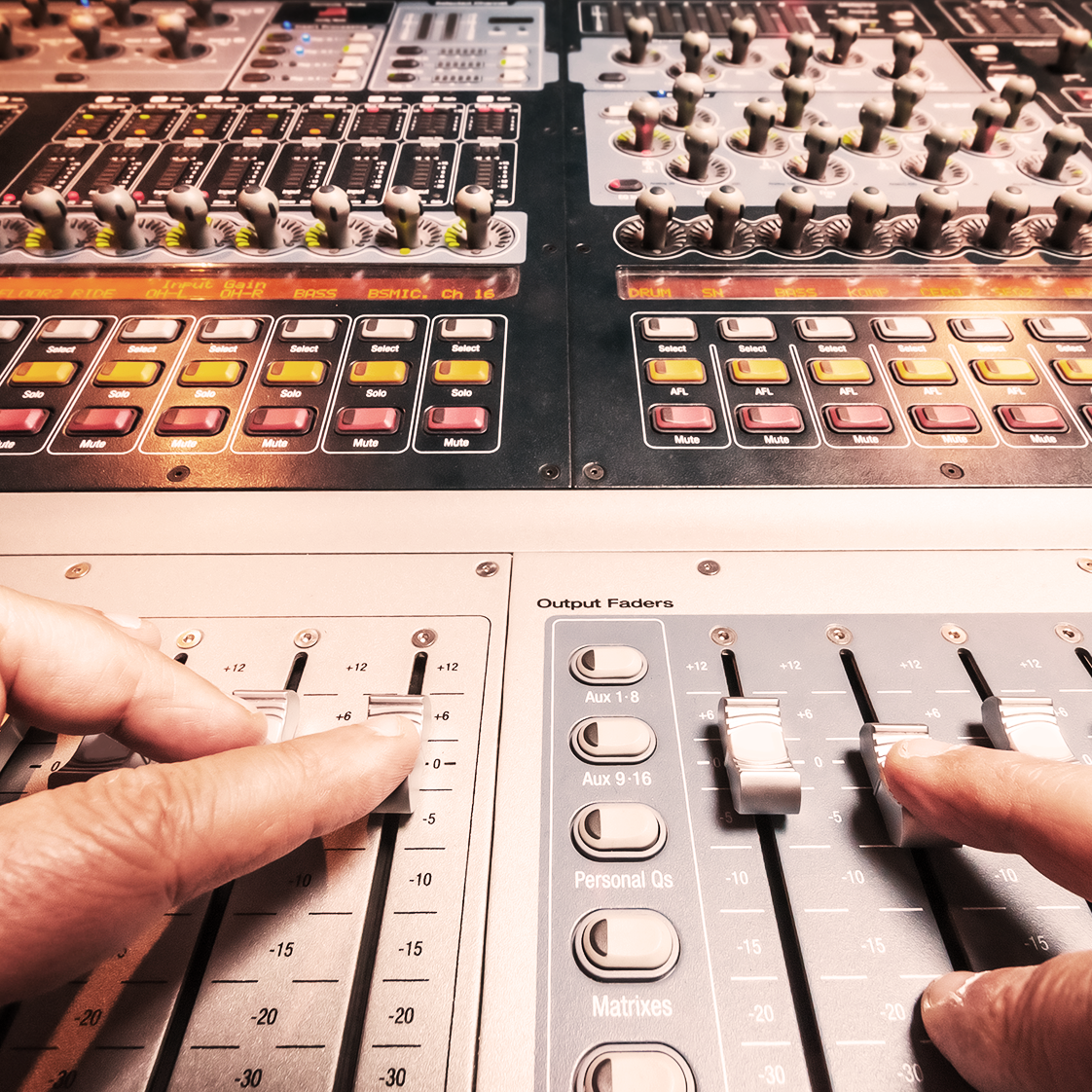The digitalization and convergence of different media are driving technological as well as cultural change. The way we utilize media has fundamentally changed: everywhere we go we are constantly accessing the content we are looking for – independent of whether it is text, images, videos, or games. This immeasurable amount of content must be recorded, made accessible, stored, transmitted, and presented. In addition, we interact more than ever with other users and communities by producing our own content, transmitting it, and assessing it. This use of media requires dependable transmission formats and stable network connections, as well as reliable protection mechanisms.
Media and creative sector
Entertainment and media of tomorrow
Entertainment and media of tomorrow are characterized by personalized information services, multi-screen applications, interactive television, and high-resolution 3D presentation of sound and image. All sorts of hybrids and hierarchies of devices facilitate simultaneous use and seamless transition between them, so that the borders between screens, set-top boxes, tablet computers, and gadgets increasingly disappear. Every medium benefits from the strength of the others. Intelligent algorithms and intuitive control embedded in a common interface for operating the devices permit the users to concentrate entirely on the content.
Culture and digital learning give rise to new approaches and formats through the use of new media that are interactive and participative. At the same time, there is also the opportunity to make up-to-date knowledge and traditional global cultural heritage accessible to everyone in visual form. Entertainment, information, and learning are available every- where through mobile service and devices. Different types of adaptive (educational) computer games become widespread at nearly all levels of society and are part of our day-to-day culture. New types of games that more powerfully involve the player and the environment are able to address continually new target groups.
Film and television use digitalization of production, marketing, and distribution processes, which satisfies a pre- requisite for advanced formats. The television allows viewers to be more involved in events through better image and audio quality as well as through opportunities for interaction. Film theaters attract viewers with high-resolution 3D films and superior spatial sound for feature films as well as for transmission and presentation of musical and sporting events. Concerts and live events also acquire a completely new experiential dimension thanks to 3D sound.
Projekt HEVC
Example project from Fraunhofer HHI, Berlin
High Efficiency Video Coding (HEVC) is the next-generation video compression standard. It was developed by the Joint Collaborative Team on Video Coding (JCT-VC) to which Fraunhofer made important contributions. Compared to its predecessor H.264/AVC, HEVC achieves about a 50 percent reduction in bit rate for the same quality video. Since the standard has been finalized, Fraunhofer also develops software and hardware solutions that benefit from the outstanding characteristics of HEVC.
Scientific publications
| Jahr Year | Titel/Autor:in Title/Author | Publikationstyp Publication Type |
|---|


